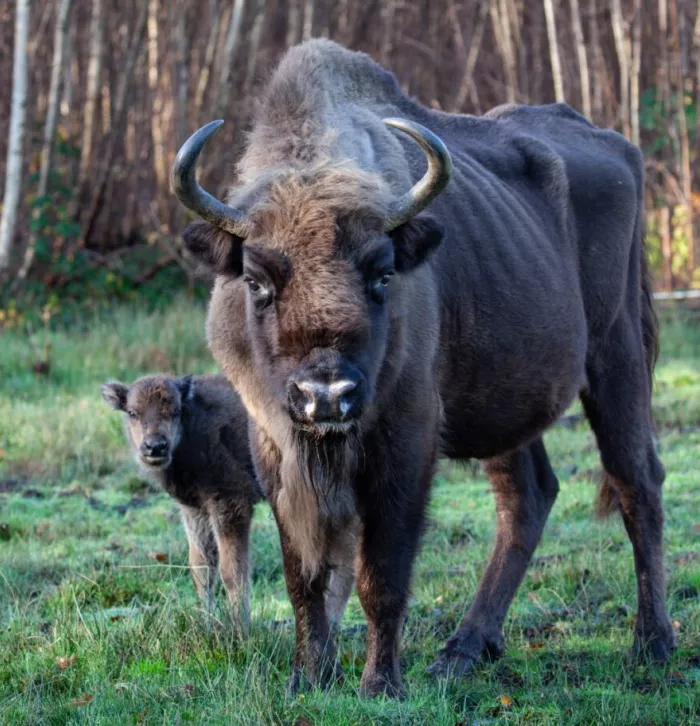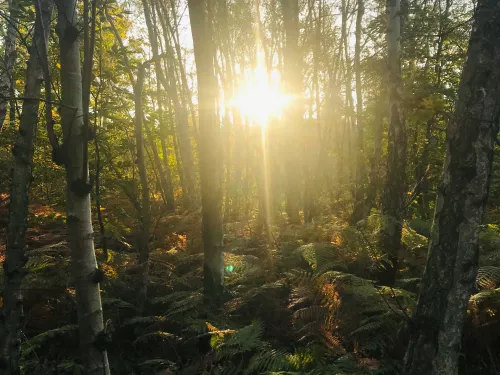
What is the Wilder Blean project?
Learn more about the Wilder Blean project as we answer your most frequently asked questions.
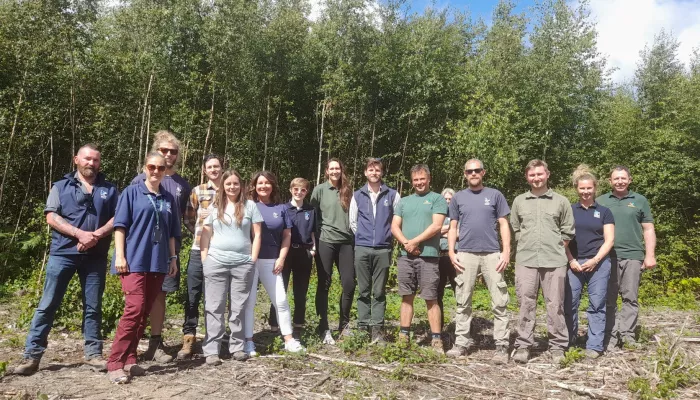
We answer your most pressing questions about our ground-breaking wilding project.
In July, we released three European bison into West Blean and Thornden Woods with Wildwood Trust as part of the Wilder Blean project.
We are so pleased to see all of the questions you have asked about this UK-first in conservation. Our expert team have been answering your questions on woodland management, what makes this project 'wilding' rather than 're-wilding', what's so fantastic about European bison as ecosystem engineers, and lots more!
Click below to explore our most frequently asked question topics.

Learn more about the Wilder Blean project as we answer your most frequently asked questions.
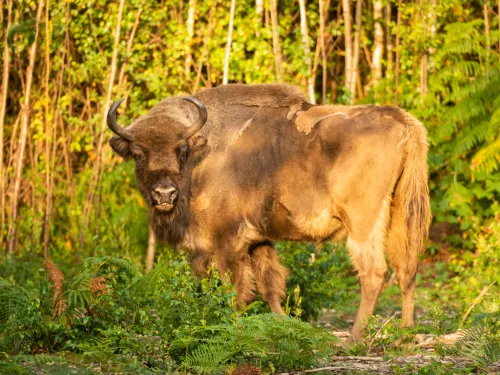
This project is not about 're-wilding', it's about ‘wilding’: introducing the right “ecosystem engineer" species to the environment to improve habitats naturally.
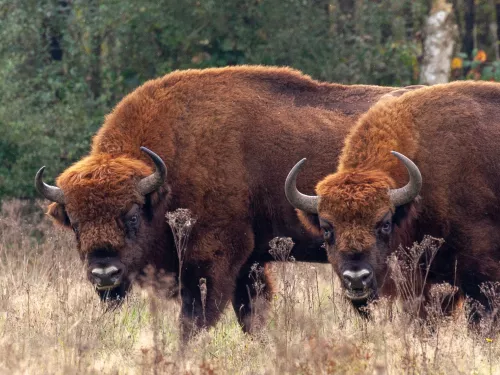
Bison manage habitats in a way that no other animal can. Find out why bison were chosen for this pioneering project in our frequently asked questions

In order to demonstrate the incredible potential of wildling as a nature-based solution to the climate and nature crises, it is crucial that we monitor the Blean very carefully.

Find out how you can get involved in the Wilder Blean project.

Local people are fundamental to the success of this project. We have been holding local stakeholder group discussions so that we can hear any of your concerns and keep you informed of the project as it develops.

In order to welcome the first wild bison herd to the UK, some preparation had to be undertaken so that both animals and people can enjoy the Blean.
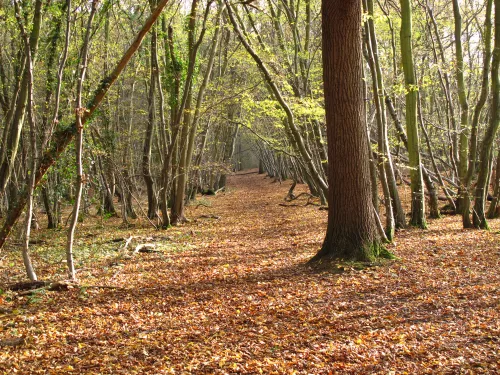
When visiting West Blean and Thornden Woods, you might notice some changes as we have welcomed the UK's first wild bison herd. Read more about the best way to visit, whether you'll be able to catch a glimpse of the bison, and how we're ensuring yours and…
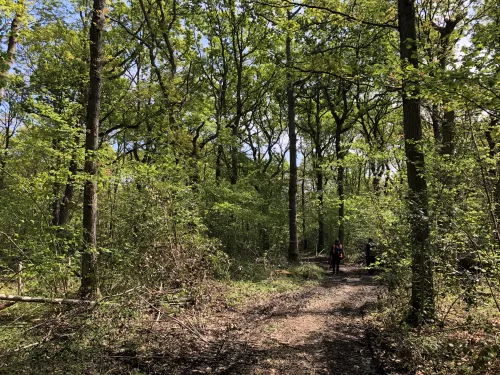
Learn about different types of woodland management from coppicing to pollarding and how they all work.
